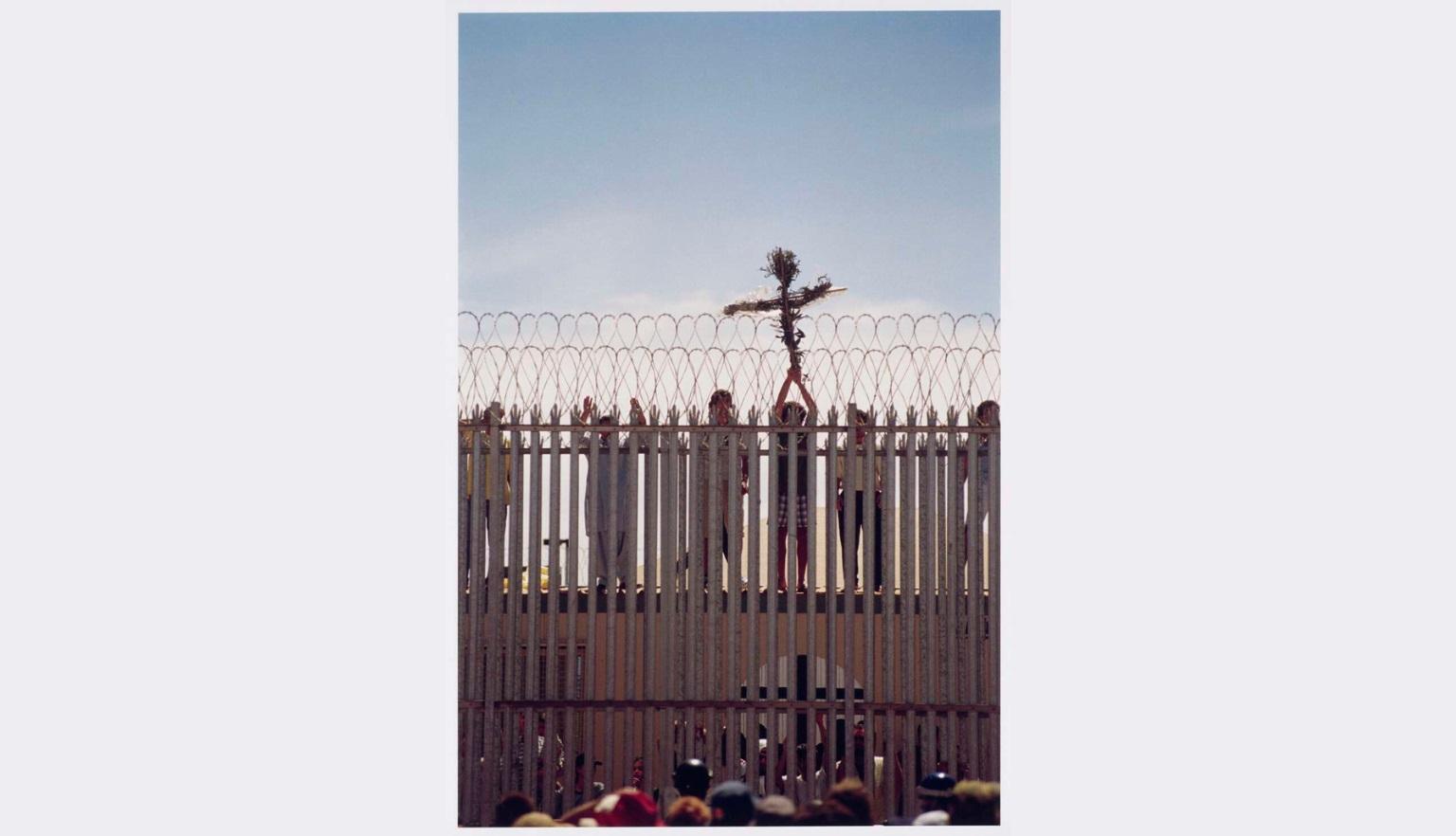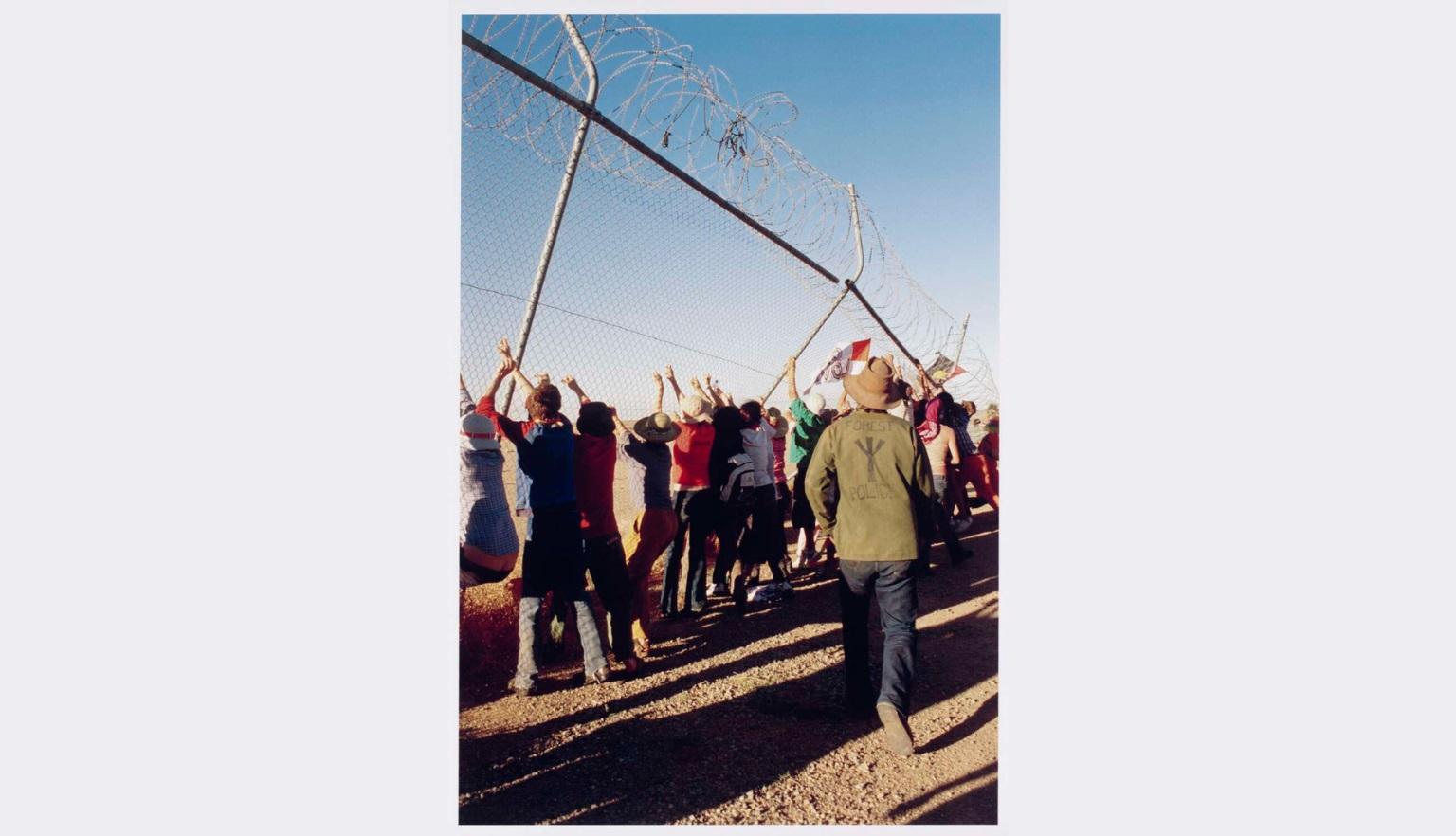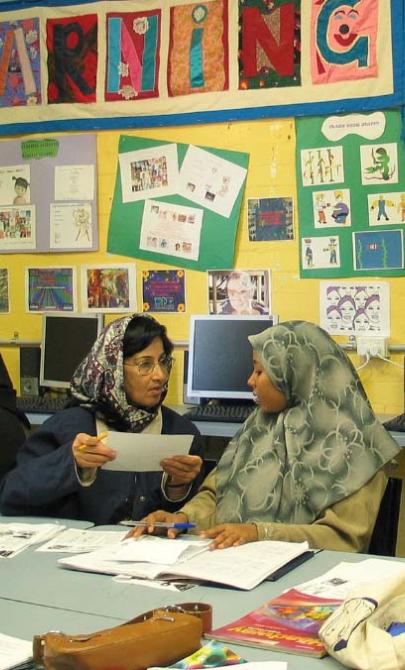Refugees
A multicultural Australia
In the 1970s, Australia moved beyond assimilationist policies to a new vision of a multicultural Australia.
The White Australia policy was dismantled, starting in 1958 when the infamous dictation test was replaced by a visa system. From 1966 potential migrants were assessed by their qualifications and suitability to settle rather than by their race or nationality. In 1973 further changes were made, and migrants became eligible to apply for citizenship after three years of residence, regardless of race.
The country’s migrant intake was becoming more diverse than it had ever been.
Seeking asylum
On Monday 21 November 1977 6 small wooden fishing boats carrying 218 Vietnamese men, women and children arrived in Darwin. They were escaping unrest and dangers in their home country following the end of the Vietnam War.
All were given temporary entry permits into Australia for one month while their future was considered.
Immigration Minister Michael MacKellar alluded to the Australian Government’s dilemma:
We have to combine humanity and compassion with prudent control of unauthorised entry.
Becoming a citizen
Van Huyhn (Tran Thi The Van) was born in Binh Duong, Vietnam, 1944.
In 1975, the fall of Saigon caused social and economic changes, as a result Van and her family fled Vietnam on an overcrowded boat. They were transferred to the United Nations camp at Pulau Bidong in Malaysia and were eventually accepted as refugees by Australia.
They arrived in Canberra in 1979. Van’s husband found work with ACT Electricity Authority and she worked at the Royal Australian Mint. Their sons were educated in Canberra. One son, Kim, wrote a book based on her experiences 'Where the sea takes us: A Vietnamese-Australian story'.
In 2007 Van was interviewed about her life for the Library’s collection. Listen to these excerpts from the interview.
Activity 1: Refugee or migrant?
Show the students the photos by Michael Jensen and then listen to Van Thi-The Huynh talk about her journey to Australia and becoming an Australian citizen. Ask the students to consider what ‘refugee’ means and how it is different to the word ‘migrant’.
Activity 2: Humanitarian operations
Ask the students to research a humanitarian operation Australia has assisted in. Have them create a small presentation about who the operation helped and why Australia was involved.
Examples from Trove include:
Mandatory detention
In 1989, after an 8 year gap, boats carrying asylum seekers began to arrive again. The government responded by introducing mandatory deportation of illegal immigrants, followed in 1992 by mandatory detention of any asylum seekers arriving by boat.
Over the Easter long weekend in 2002, a crowd of 1,000 gathered outside the Woomera Detention Centre, located in the South Australian desert, to protest the mandatory detention of asylum seekers. Aided by protestors, 50 detainees scaled the 5 metre tall barbed wire fence and escaped the facility. Below is a collection of photos taken by photographer Tony Reddrop on the day.
Activity 3: Debate
Divide the students into two groups for a debate.
- Ask one group to research and provide an argument as to why the protestors at the Woomera Detention Centre should be arrested for helping detainees escape.
- Ask the second group to research and make a defence as to why the protestors should not be arrested.









